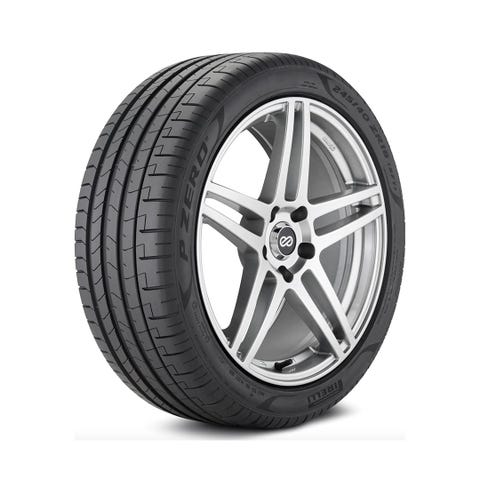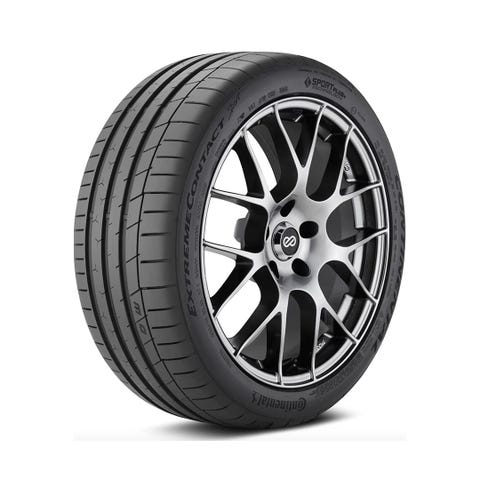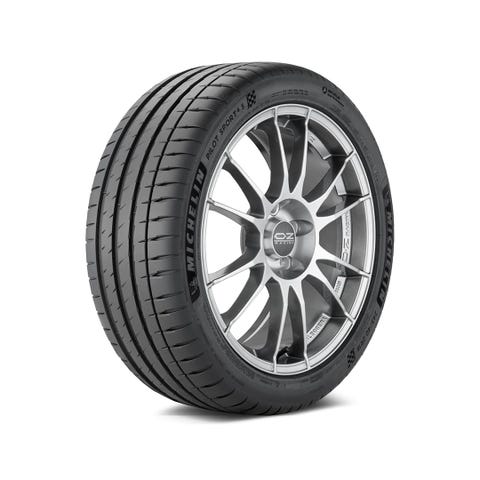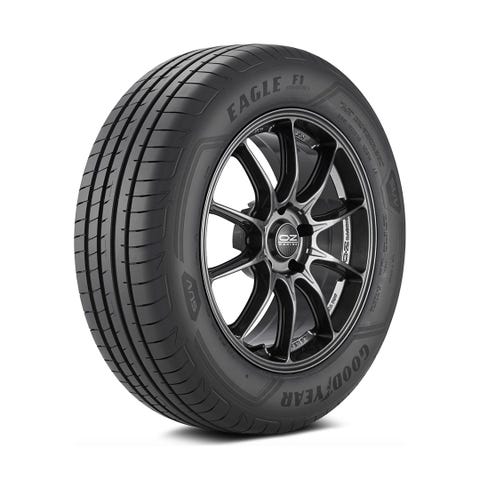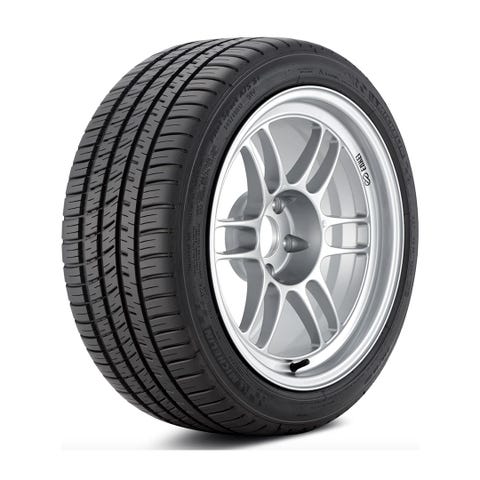Performance tires aren’t just for race cars. While these tires differ from other types in several ways, more often than not manufacturers are including performance tires as part of the original equipment for many sportier cars coming off the assembly line.
What Are Performance Tires?
Performance tires are designed with several things in mind for the driver. These include:
- Added support between the road and rubber when traveling at high speeds.
- Precision cornering, responsive handling, smoother rides, and better fuel efficiency.
- Higher levels of traction and stability when driving in wet and dry road conditions.
Types of Performance Tires
Extreme-Performance Summer
Extreme-performance summer tires are just that: extreme when it comes to providing optimum gripping power in dry conditions due to big-block treads, reinforced construction, and hardy tread compositions—things the Goodyear Eagle F1 Supercar 3 tire excels at. These tires do not provide the same supportive traction, however, in wet conditions or during the winter when snow and ice are on the road. Summer performance tires also have a shorter tread life.
Max-Performance Summer
Max performance summer tires are another choice for drive time when the temperatures are sizzling. These tires provide a relatively comfortable drive and experience reasonable wear of the tread. Summer max tires are technologically advanced using specialized materials and on-point techniques during construction to create an outstanding low-profile tire with precision handling and traction in wet and dry conditions. These tires are not for use in winter.
Street/Sport Summer
When you want a smooth drive over wet and dry roads in the summer, these types of tires do the job well while providing a reasonable ride and acceptable tread life. Street/sport tires are also low profile, featuring wide tires for large rims to support handling and traction. They are not for winter use.
Street/Sport All-Season
As the name implies, these tires are usable throughout the year. All-season tires perform well on wet and dry roads and have an adequate tread life. Although these tires can handle traction when driving over areas with light snow, the extra wide width of the tire treads might not provide the traction needed to drive through deep snow.
Performance All-Season
Identifiable by the M+S symbol, which lets buyers know they have passed winter traction tests, these all-season tires are a good choice when replacing original tires. They handle well, support quality performance, look good, and have plenty of style to enhance the appearance of your vehicle.
Ultra-High-Performance Summer
These low-profile tires are focused on providing drivers an acceptable ride experience with easy handling and quick steering response when faced with dry and wet driving conditions. The tires are not designed to be driven on ice or over snow.
Ultra-High-Performance All-Season
These ultra-high-performance all-season tires, like the Michelin Pilot A/S 3+, also carry the M+S symbol to let buyers know the tires have specific tread designs and compounds suited for flexibility during cold-weather conditions. The construction of these tires provides exceptional handling capabilities, handle both dry and wet roads easily, provides the traction necessary when driving in cold weather and when driving at high speeds.
High Performance All-Season
Like the ultra-high performance all-season tires, the high-performance all-season tires come well balanced to provide drivers responsive handling and more than adequate traction capability throughout the year. These tires have also been tested for winter driving and carry the M+S symbol.
High-Performance Summer
The same directions apply for these summer tires: They are not intended for winter usage or driving in ice or snow. High-performance tires for the summer take on the challenge of dry and wet conditions with smooth handling and quick response time for the driver. These tires have an acceptable level of tread wear.
How to Choose Performance Tires
Whether you choose BFGoodrich, Bridgestone, Michelin, Dunlop, Goodyear, Firestone, or Uniroyal, these manufacturers offer a variety of styles, sizes, and performance tires to fit cars, trucks, and SUVs.
There are several things to consider when buying performance tires, beginning with how to interpret the letters and numbers displayed on the sidewall of the tire. For example, P225/50R-16 is noting that the tire classification is passenger, the tire width is 225 millimeters, and the ratio of height to width is 50. The last combination, R-16, means the tire is a radial and the number is the tire’s diameter in inches.
Load and speed rating are indicated by the set of numbers plus a letter, 82H for example. The load number specifies a range of loads/weight that the tire is capable of carrying. Higher numbers mean the tire is capable of supporting more weight. The H lets you know the sustained speeds the tire can support.
Tires have additional ratings to consider that include temperature, tread wear, and traction. If you are looking at different brands, keep in mind the ratings are not universal for all brands of tires and vary among manufacturers. A good rating for one tire brand may mean something else for another manufacturer.
The speed symbol of S, for example, means the maximum speed for the tire is 112 mph. A Q means 99 mph is the maximum speed for the tire.
Among the performance-tire types, the choices are typically summer and all-season. The summer tires are usually designated as high performance with a speed rating of Z for high-speed driving. Summer tires provide excellent traction on dry road conditions with limited abilities when roads are wet. Summer tires do not have a long life span.
Some all-season tires are also considered high performance. The difference between summer and all-season tires is all-season tires must be able to function in wet and icy conditions as well as dry road conditions. All-season tires are available with various speed ratings.
How to Replace/Install Performance Tires
For top results, take your car to the dealership if the car is under warranty, or to a local automotive shop when performance tires are to be installed. Expert technicians will remove old tires and properly install new performance tires and ensure each one is balanced and has the appropriate air pressure.
Where to Buy Performance Tires
Make sure to verify the correct tire size for your vehicle.
This content is created and maintained by a third party, and imported onto this page to help users provide their email addresses. You may be able to find more information about this and similar content at piano.io

